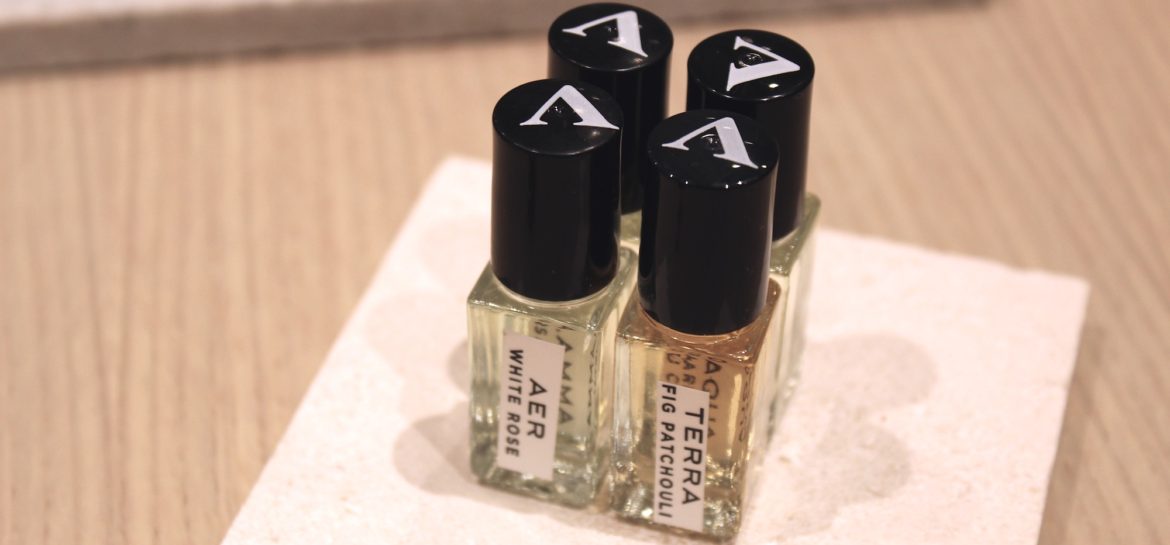
Opposites Attract: Yin and Yang in Feng Shui
The ancient principle of Yin and Yang has origins dating back to 3rd century BCE in China. Yin and Yang are mutually dependent opposites, or complementary forces, believed to exist in harmony at the center of the Earth. Everything in life is made up of the two extremes and what lies in-between. When in harmony, part of Yin is in Yang and part of Yang is in Yin. The dots in each side of the Yin-Yang symbol serve as a reminder that there are always traces of one in the other. Yin would not exist without Yang and vise versa. These can also simply be called the “two forces”.
Yin and Yang can be used as ways of describing energy in the natural world. One of the goals of Feng Shui is to keep these energetic forces in balance. Yin is feminine, winter, earth, cold, night. Yang is masculine, summer, sky, hot, day. A balance of the two is required to create harmony.
Balancing the Yin Yang energies creates beneficial Chi/Qi meaning vital energy or “life breath.”
It was believed that life went through five phases or elements: fire, water, metal, wood, earth – which continuously interchanged according to the principle of Yin and Yang. The Five elements and the Yin, Yang principle are major touchstones of the Feng Shui discipline— Chi presents itself in the 5 elements as either Yin or Yang. Feminine, Masculine. Right Brain, Left Brain. Moon, Sun.
Every space requires a different amount of either the Yin or Yang energy, depending on its desired function. For example, when we apply the principles of Feng Shui on retail spaces, we often see that they can benefit from a more Yang energy to support movement, while hotel Feng Shui may show that a room or bedroom would be better suited for a restful Yin energy.
Generally, when an environment doesn’t “feel right” there is an imbalance of Yin, Yang and the elements in the space.
If you notice an imbalance in a particular room or space, simply add the element that is lacking. Adjustments can be as simple as lowering the wattage of your light bulbs (Yin) or adding pops of bright colors (Yang). Spaces with a balance of Yin and Yang energy will promote health and well-being. People will naturally gravitate to these spaces. Every facet of your décor can be associated with a Yin or Yang quality. Incorporate objects, lighting, colors, furniture and shapes that support movement or relaxation depending upon which quality you are working with.
Balancing the Yin and Yang of retail stores, boutique hotels, or home environments can be as simple as integrating the following Feng Shui modifications:
• Yin can be added through the application of: dark muted colors, dim lighting, low furniture, window treatments, adding trees
• Yang can be added through the application of: light bright colors, bright lighting, high furniture, sheer window treatments, trimming trees
Consider how you can improve the feeling and energy of your space, by paying attention to qualities of Yin and Yang and the elements of Feng Shui.

